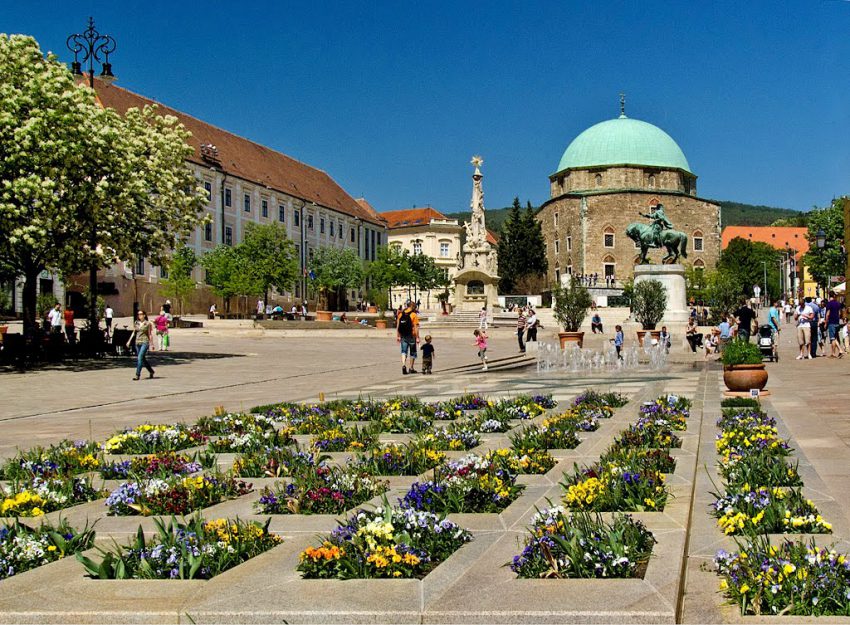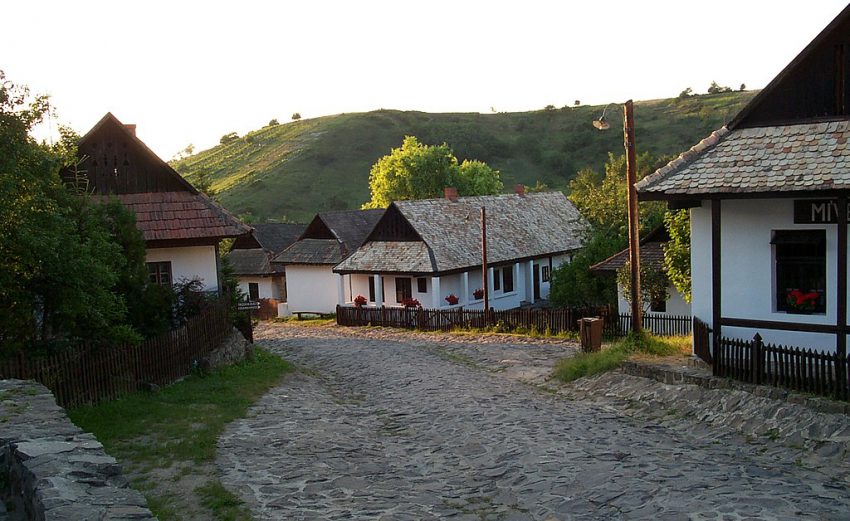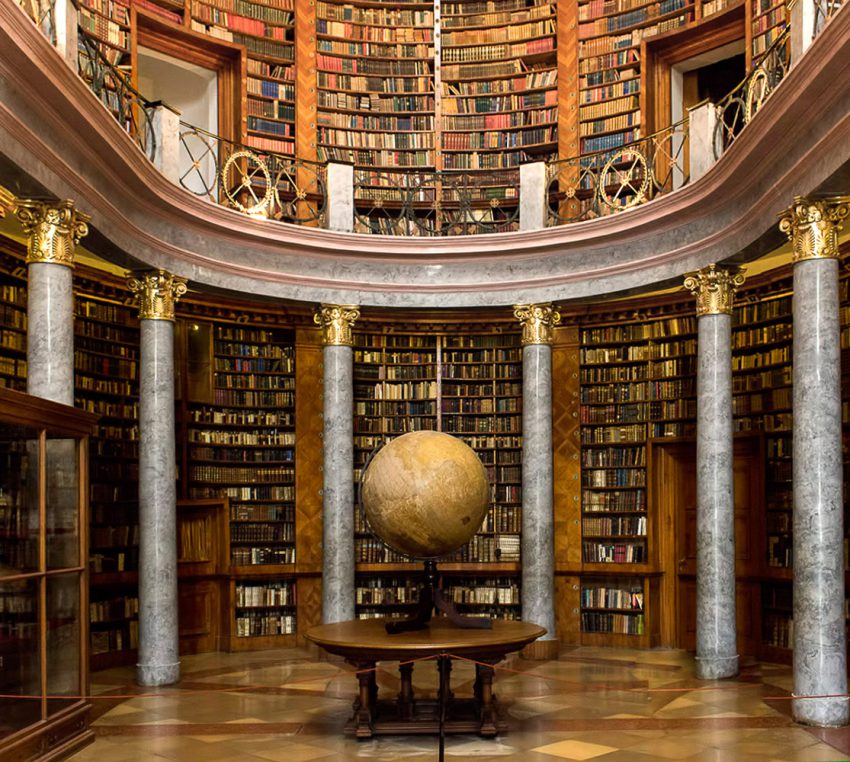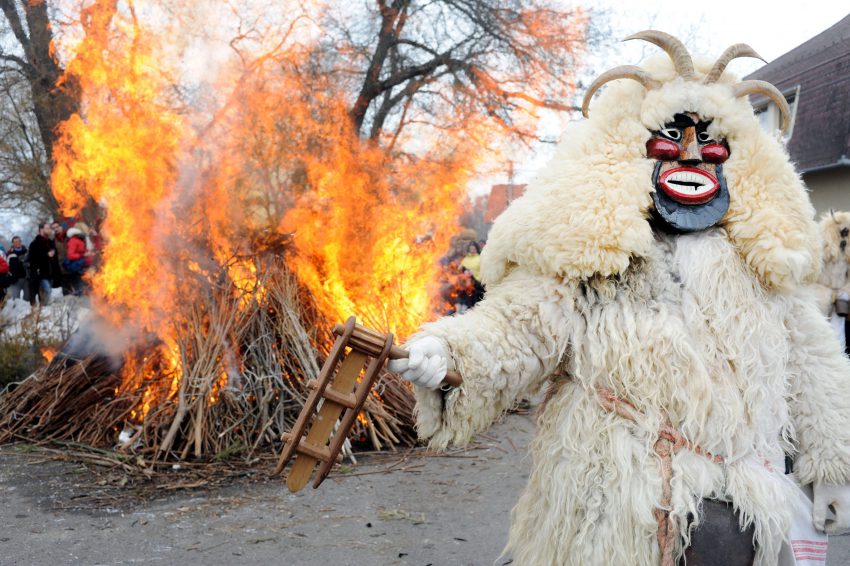Having ratified the World Heritage Convention in 1985, Hungary boasts eight world heritage sites, seven in the cultural, one in the natural category. You might be familiar with one world heritage site from the list: Budapest. Parts of the Hungarian capital were inscribed on the UNESCO list in 1987 and 2002, symbolizing the outstanding universal value represented by its beauty and history. To that end, we’ll focus on a few lesser-known, but equally prized treasures of the Hungarian cultural identity.
Early Christian Necropolis in Pécs
During Roman times the South Hungarian city of Pécs was known by the name Sopianae. Founded in the 2nd century, it became a flourishing provincial seat and a regional centre of Christianity by the late 300s, attested by a remarkable series of decorated tombs erected in the same time period, whose excavation began in the 19th century. The underground burial chambers, chapels and mausoleum located nearby to the Pécs Cathedral form a complex structure that bears witness to the fusion of an ancient civilization and a budding new religion. As such, these monuments are important both architecturally and artistically, ornate with murals of outstanding quality depicting early Christian themes, like the Fall of Man, Virgin Mary and the infant Jesus, and Jonah and the Whale. The two-storey Necropolis, which served as a burial site and place of ceremonies, includes sixteen monuments, while the actual cemetery gives place to over 500 graves, including brick tombs and community burial chambers. Since 2007 a significant portion of explored findings have been concentrated within a single complex at the Cella Septichora Visitor Centre.

Hollókő
Situated in Nógrád county, about an hour’s drive from Budapest, Hollókő is hidden among the hills of the Cserhát Mountains, and its Old Village is the single most authentic preserver of pre-20th century Hungarian folk architecture. Consisting of 55 family houses, farm buildings, a church of arresting beauty built from public donation in 1889, and the ruins of a medieval castle, the historic Palóc village covers an area of 145 hectares, and dates back to the 13th century. As the inhabitants of Hollókő never heeded a 1783 decree prohibiting the use of wood for building, Hollókő was plagued with several fires over the centuries. The turning point came after the great fire of 1909: from then on houses were built with adobe walls on stone foundations, and covered with shingle tiles on a wooden roof structure, preserving their original shapes to this day. Compared to the open-air museum of Szentendre, Hollókő gives home to a living community, who tend to their vineyards, orchards and vegetable gardens with the same love for the land as their predecessors did a hundred years ago.

Benedictine Abbey of Pannonhalma
Located near the city of Győr, the still-functioning Benedictine Abbey of Pannonhalma was founded by Prince Géza, the father of St. Stephen (Hungary’s first Christian king) in 996. The monks who settled the abbey went on to convert the Hungarians to the Christian faith, set up the country’s first school, and pen the oldest written words in Hungarian in 1055 (the Establishing charter of the abbey of Tihany). The imposing complex sits atop the remains of two earlier churches, and its construction dates back to 1224. Consisting of the Abbey buildings, the Basilica, the buildings of education, the Chapel of Our Lady and the Millennium Chapel, the monastery features a succession of architectural styles, including Romanesque, Gothic, Renaissance, Baroque, Classicist, and neo-Gothic. In addition, the abbey gives place to a gallery of pictures and engravings, numismatic collection, antiquities and treasury, a herbal medicinal garden, an extensive lavender field, a house of medicinal herbs with a lavender distillery, a tea house and biomass heating plant. The arboretum containing several hundred extraordinary species of trees and shrubs is also remarkable.

Busó Festivities
Held in late February in the South Hungarian town of Mohács, Busójárás marks the end of winter and is dramatized by local townsfolk dressing up in frightening costumes (composed of wool cloaks and wooden masks) to scare off the winter spirits. The festival is multifaceted, including a children’s costume contest, a display of the art of mask carvers and other craftspeople, the arrival of more than 500 busós in rowboats on the Danube for a march through the city alongside horse-drawn or motorized fantasy vehicles, the burning of a coffin symbolizing winter on a bonfire, and feasts and music throughout Mohács. According to popular legend, during the Ottoman occupation, people from Mohács fled the town, and started living in the nearby swamps to avoid Ottoman troops. One night, an old Šokci man appeared and told them to carve scary masks for themselves, and wait for a stormy night when a masked knight will visit them. The townspeople followed his orders, and some days later, on a stormy night, the knight arrived. He ordered them to put on their masks and go back to Mohács, making as much noise as possible. They followed his lead. The Turks were so frightened by the noise, the masks, and the storm, that they thought demons were attacking them, and they ran away from the town before sunrise.
